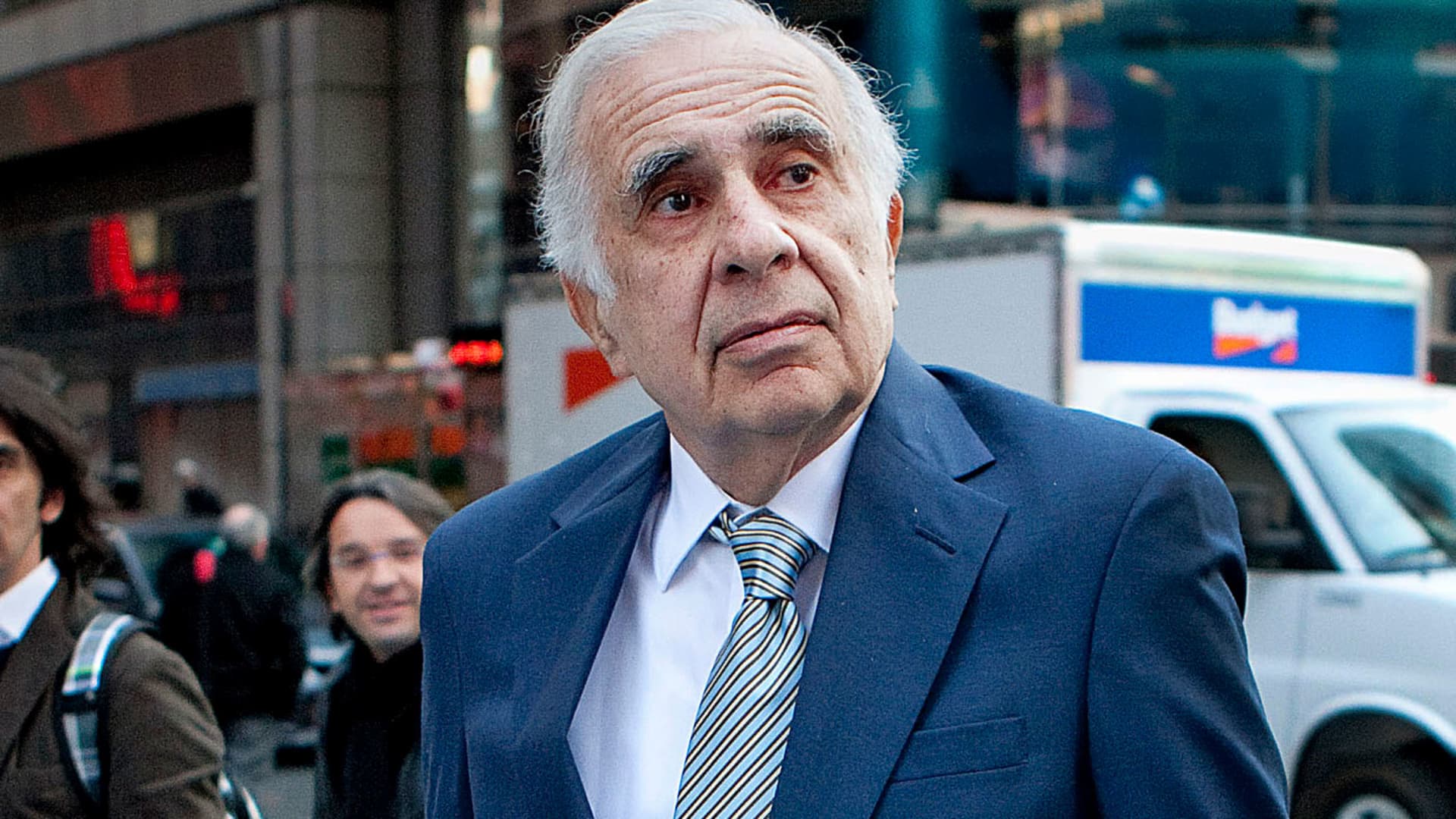CVS beats on earnings and revenue as the company slashes costs
CVS is cutting costs as it pushes deeper into health-care services after its acquisitions of Signify Health and Oak Street Health.

A customer exits a CVS Health Corp. store in Oakland, California, U.S., on Friday, Aug. 2, 2019.
Michael Short | Bloomberg | Getty Images
CVS Health on Wednesday reported second-quarter earnings and revenue that beat expectations, as the company slashes costs and lays off thousands of employees.
CVS has implemented a cost-cutting program as it pushes deeper into health-care services in the wake of its $8 billion acquisition of Signify Health and its $10.6 billion purchase of Oak Street Health.
Part of that effort calls for cutting 5,000 jobs, CNBC reported Tuesday.
Here's what CVS recorded for its second quarter compared with Wall Street's expectations, based on a survey of analysts by Refinitiv:
Earnings per share: $2.21 adjusted, vs. $2.11 expectedRevenue: $88.9 billion, vs. $86.5 billion expectedThe health-care giant posted net income of $1.91 billion for the quarter, or $1.48 per share, a 37% decline from the same period in 2022 when CVS reported net income of $3.04 billion, or $2.29 per share. Excluding one-time items, CVS reported $2.21 per share for the period.
The company booked revenue of $88.9 billion for the quarter, a 10% increase compared with the year-ago period.
CVS maintained its full-year adjusted earnings guidance of $8.50 to $8.70 per share, after slashing its projections by 20 cents last quarter due to costs associated with its recent acquisitions.
The company's health services segment generated $46.22 billion in revenue, a 7.6% increase compared with the same quarter in 2022. The division includes the pharmacy benefit manager CVS Caremark and health-care services delivered in medical clinics, via telehealth and at home.
CVS' retail pharmacy division generated $28.78 billion in sales, also 7.6% higher than the year ago-period, driven by increased prescription volume. The number of prescriptions filled rose 2.4% on a 30-day basis compared with the same quarter last year, excluding Covid-19 vaccinations. Same-store prescription volume jumped nearly 5% compared with the same quarter in 2022, excluding Covid vaccines.
The company's health insurance segment generated $26.75 billion, a 17.6% increase over the second quarter of 2022. That division includes Aetna plans for the Affordable Care Act, Medicare Advantage, Medicaid, and dental and vision.
The insurance segment's medical benefit ratio — a measure of total medical expenses paid relative to premiums collected — rose to 86.2% in the quarter, compared with 82.7% in the year-ago period. A lower ratio typically indicates that the company collected more in premiums than it paid out in benefits, resulting in higher profitability.

 UsenB
UsenB 































